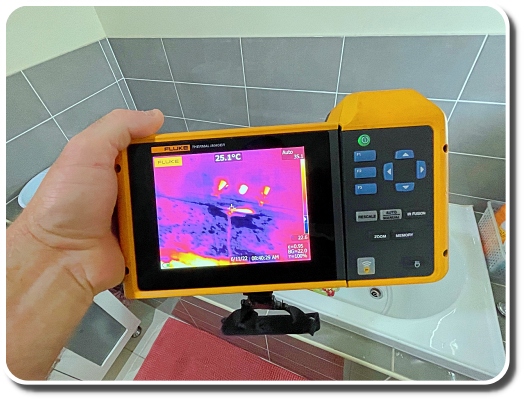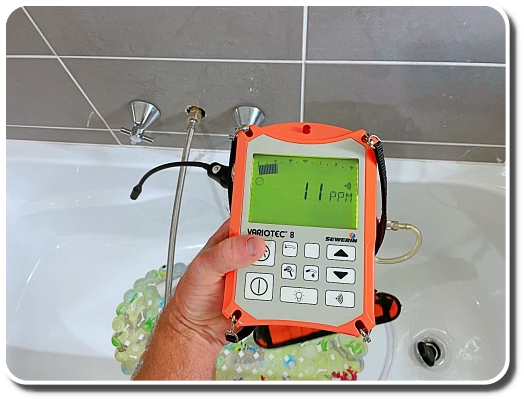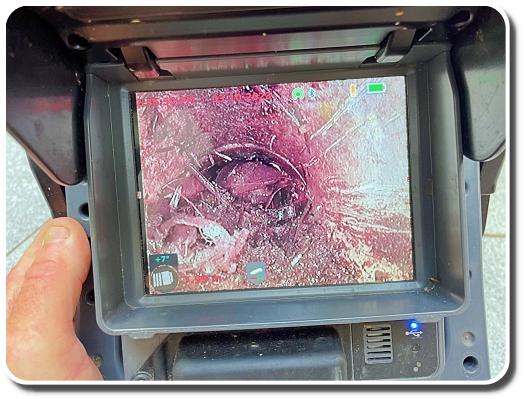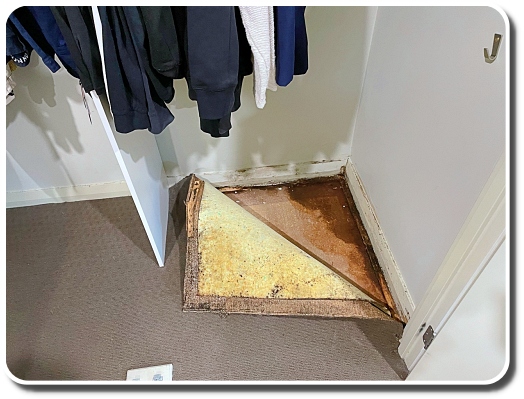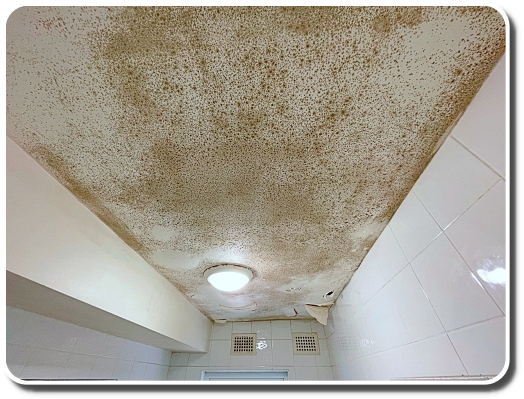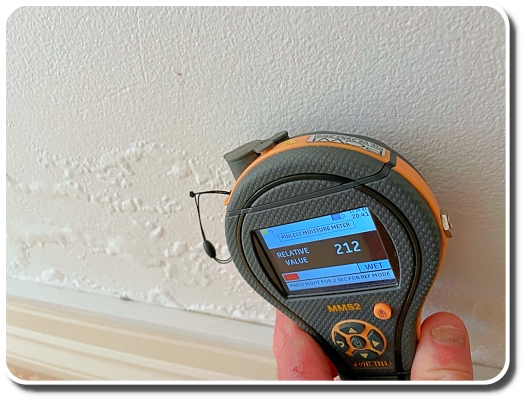Water leak detection services
Innovative and modern leak detection technology has been available for nearly two decades. Still, many continue to rely on traditional testing methods that are more destructive, less effective, and less accurate.
At Sydney Leak Detection we pioneered the use of several testing methods for leak detection plumbing. We are experts, and very skilled, in a wide range of leak location testing methods that significantly lower the destruction risk. Our building inspections are cutting free. However, once the issue is diagnosed, invasive work is often required to expose the leaking water pipe to complete the repairs.
- Thermal imaging
- Hydrogen tracer gas
- Acoustic leak detection
- CCTV drainage inspection
- Water pipe location
- Pinless moisture meters
- Inspection cameras
- Concrete moisture meter
- Bosch surface scanner
Specialist water leak detection testing
Property owners often struggle to understand the origins of a distant water leak, particularly those driven by a storm event. Without in-depth building and construction knowledge, plus specialist leak location equipment, it is not easy to locate a water leak. It takes a great deal of experience to figure out the likely path of a water leak.
Water travels fast, with far reaching consequences and is known for finding the path of least resistance. Other times a water leak can be minute, intermittent and difficult to reach. No wonder water is the number one cause of damage to Insured properties. The damage you see may be caused by a source in close proximity, but not always.
Thorough, forensic testing is essential to detect a water leak. To follow the trajectory that the infiltrating water must have followed from the entry point to the damaged location. However, beyond the obvious damage, there may be cases of more concealed damage that you may be aware of.
Signs of leaking water pipes
- Higher than usual water bill
- Constantly ticking or turning water meter
- Hissing sound of water escape
- Pooling water on a concrete slab or garden
- Black mould or stained ceilings
- Stains or water marks on walls and floor linings
- Peeling or blistering paint in walls and ceilings
- Cupped, lifted or tented timber floor boards
- Warped or bowed panel or ceiling
- Rotten timber structures such as joists and bearers
- Damp, wet pr stained carpet
- Water seepage marks near a staircase and lower wall
- Damaged architrave, door jamb and skirting board
- Efflorescence (salt like) on tiles, walls and balconies
- Stained or rotted yellow tongue flooring
Detect a plumbing water leak
Water leaks can have many root causes, which unsurprisingly are not always related to a burst, defective or leaking plumbing pipe. Common causes of a water leak include a failed waterproofing membrane, lack of finishing detail, weatherproofing failure, lack of detailed maintenance, or a combination of these.
Due to their exposed nature, there are many other building defects that are prone to leaking during a storm. A defective or poorly installed building structure can result in a water leak, such as a tile roof, parapet wall, lead flashing, planter box, cavity flashing, overflowing gutter, leaking sliding door and windows top the list. During torrential rain other factors like hydrostatic pressure, rising damp, seepage and blocked drains tend to cause water ingress and damage.
The longer a water leak is left unattended, the greater the damage is likely to be. The more expensive and time consuming the repairs will become too. Do no delay, contacting a leak detection Sydney professional is a wise move.
Multi-testing water leak location services
There are many factors that influence how and what leak detection equipment to use when testing to detect a water leak. At Sydney Leak Detection we work collaboratively with the homeowner, think of us as the house doctor. The more the symptoms and afflictions of your home are understood, the more equipped we will be to locate the root cause of the problem.
Comparing the pros and cons of various leak detection systems may be useful in gaining a better understanding of the techniques. However, based on our high success rate in leak location, we firmly believe that the best leak detection services are achieved when all testing methods are used.
Much like a person, a property is unique, its characteristics and sum of conditions must be individually assessed. Due to the variety of issues, at Sydney Leak Detection we use an all rounder approach to water leak location to ensure optimum results. Our competitive hourly fee structure grants access to both expertise and the latest detection equipment.
The Hydrogen tracer gas and the Acoustic leak detection systems are advanced tools to detect a potential water leak within the pipework. The water lines are tested with the Sewerin systems to gauge pressure loss, isolate a leaking pipe, or detect dispersing H5 with highly sensitive probes.
A Thermal imaging camera, can detect hidden moisture or highlight a concealed hotspot in a wall, ceiling or concrete slab. Its infrared technology makes it a highly effective leak search tool, it can trace the path of a water leak spreading over a large surface such as a ceiling or flooring area. Thermal technology used in tandem with a moisture meter provides valuable insight into the moisture levels or water content.
Other less sophisticated testing methods such as flow, spray and flood testing are essential techniques to detect a water leak. Applying tracer dye, or colour dye, to the testing water is a widely used practice. Common spray testing areas include shower, balcony, external ground, sliding doors, gutters, windows and more. This can be a fast, preliminary leak detection test.

